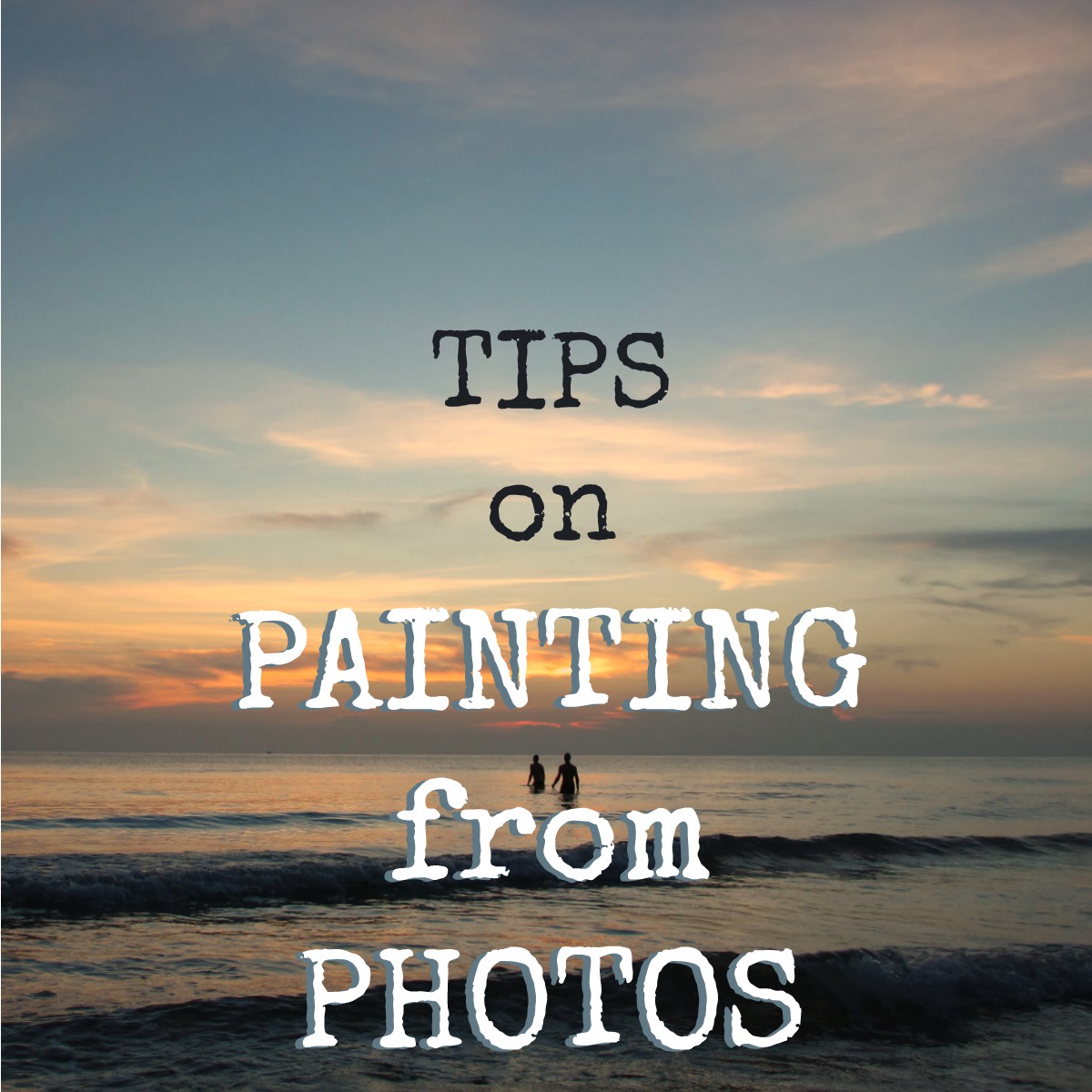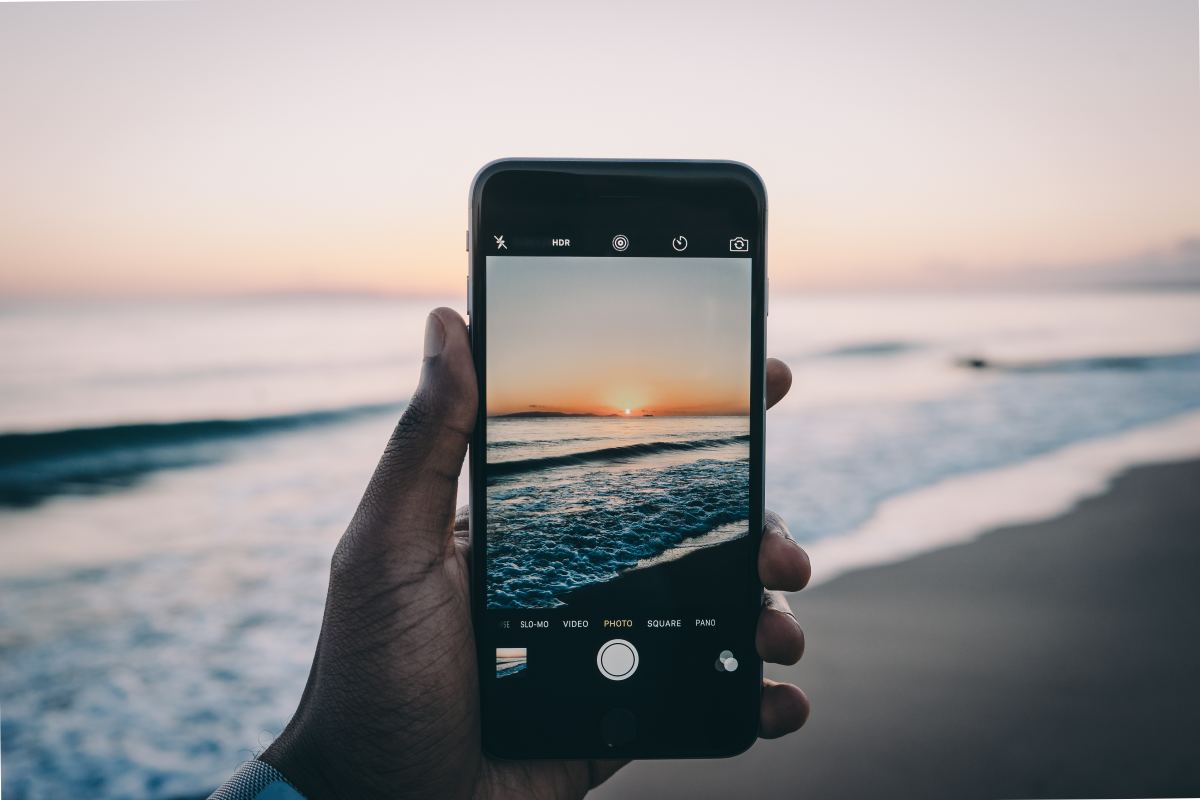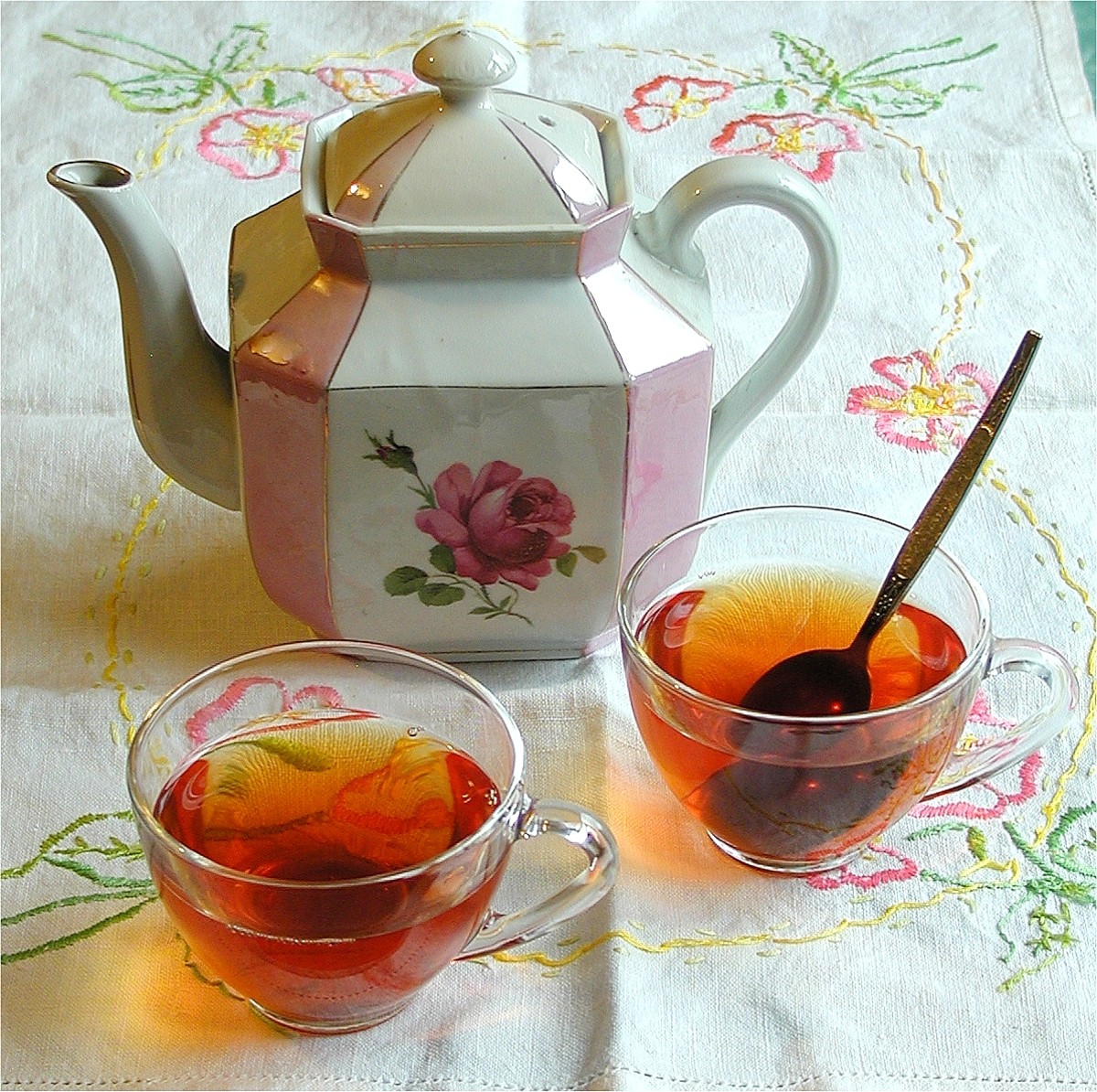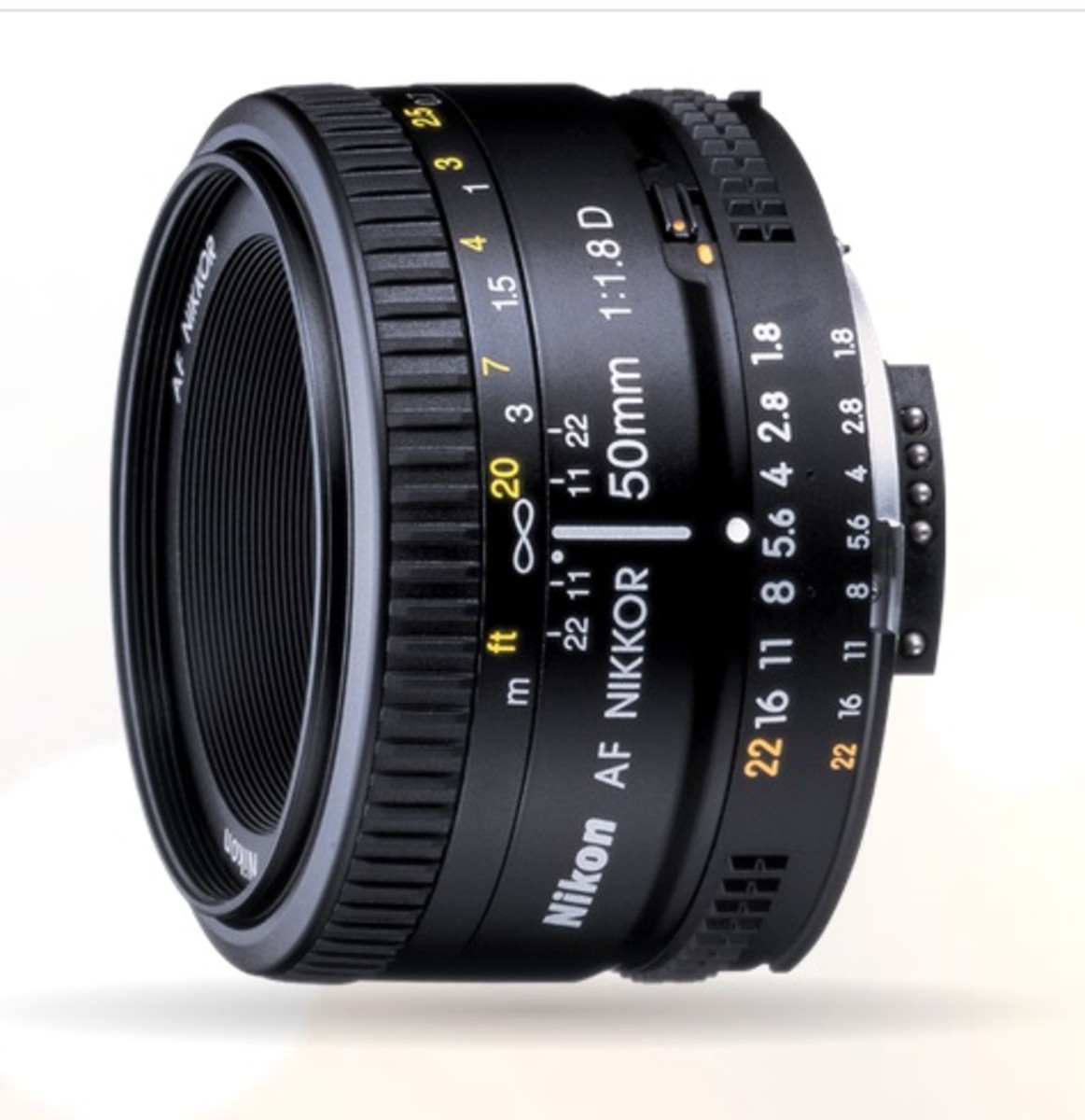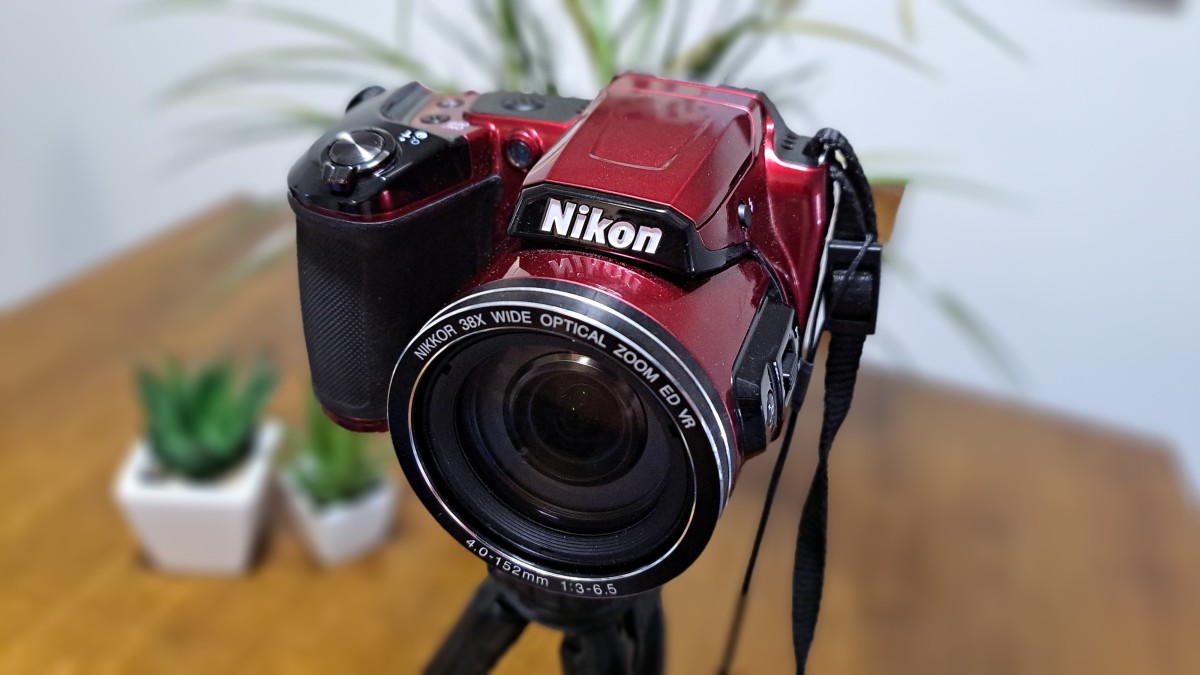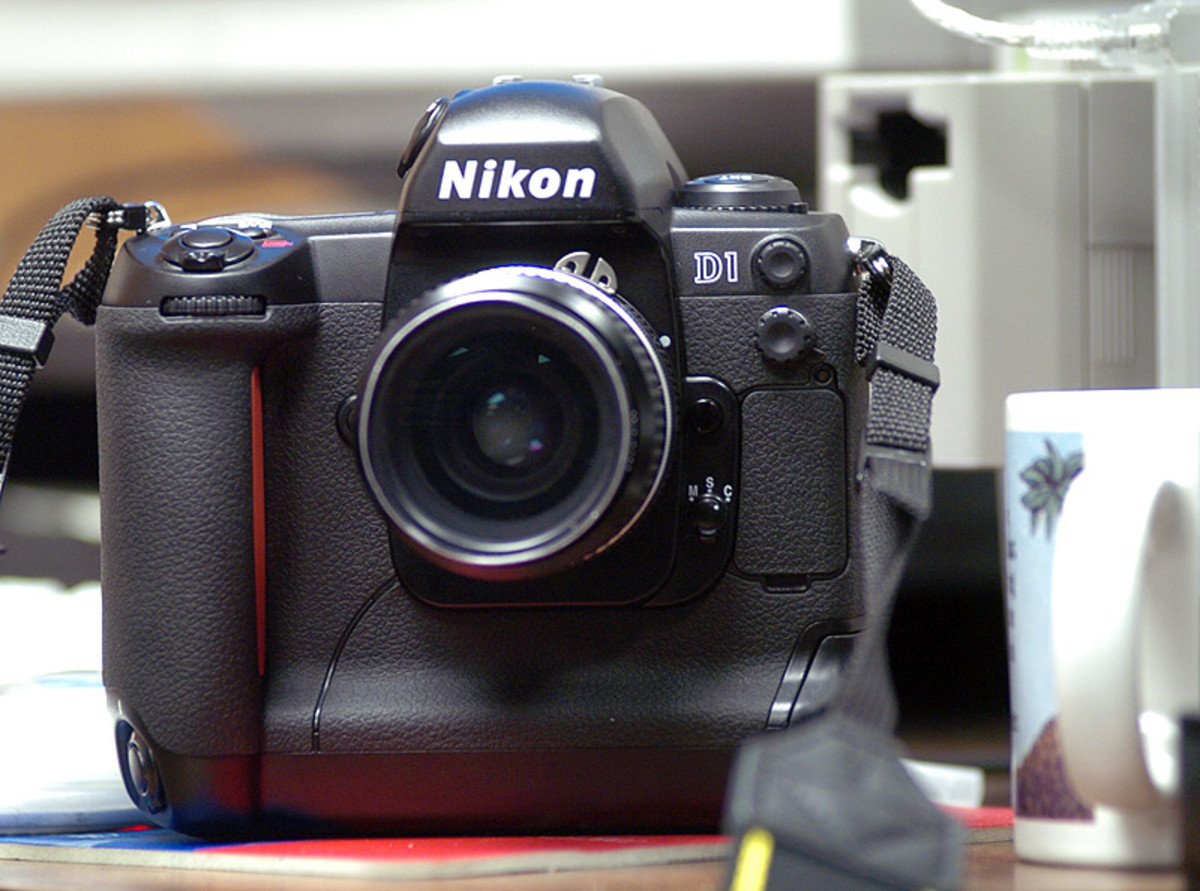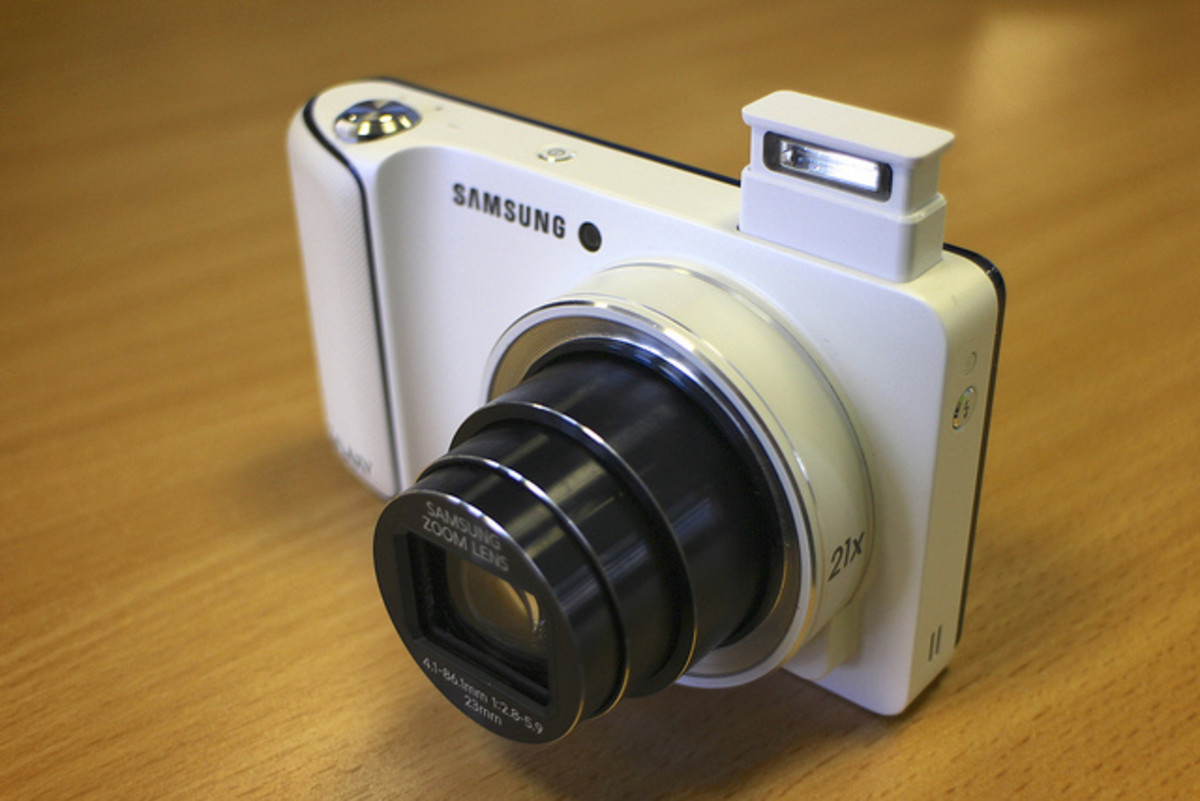- HubPages»
- Technology»
- Consumer Electronics & Personal Gadgets»
- Portable Electronics
The Revolutionary Lytro Light Field Camera

The First Major Camera Innovation in a Century - Focus AFTER You Take a Photo
The Lytro Light Field Camera is a revolutionary new way to take pictures. It captures the entire light field (more on that below) and allows you to focus AFTER you have taken the picture. That's right, you can focus it, on any part of the image, after you have taken the picture.
My husband and I are not ones to rush and purchase new technology but when my husband saw the Lytro, he thought it might be a great alternative to a very pricey DSLR camera for taking pictures of our family. Since my birthday was coming up, my very sweet and thoughtful hubby decided to purchase one for me. We have liked it so much I decided to make a lens that reviews the camera and its innovative features. Enjoy!
photo credit: http://www.squidoo.com/lytro-light-field-cameras
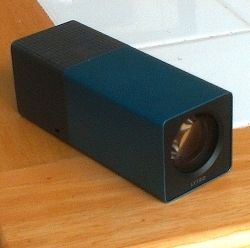
Introducing the Lytro Light Field Camera
What makes it so unique...besides how it looks, that is
Traditional cameras only allow you to capture a single plane of light. The new technology in the Lytro allows you to capture all light traveling in every direction. By doing this the Lytro has capabilities you have never seen in any other camera.
Since the technology inside the camera captures all the color and direction of the light, you can focus AFTER you take the picture. Not only that, but the Lytro allows you to focus and refocus anywhere in the picture at anytime. The Lytro has no shutter delay so you can capture your images when you want to instead of when the camera is ready.
Lytro gave me permission to use the images from their website on this lens but in order for them to display the code has to use an iFrame which Squidoo doesn't allow. So for the time being, please enjoy the videos below that demonstrate the camera and the software that make this camera so unique.
photo credit: BunnyFabulous

The Technology Behind the Lytro
What's happening inside is what makes it so special.
Traditional cameras (including the most advanced digital models) are simply unable to capture the light field. But what exactly is the light field? Simply put, the light field is the amount of light traveling in all directions through every point in space.
To record the light field, a new sensor was invented that is able to capture the color, intensity and direction of the light rays. It is the directional information that is lost with a traditional camera sensor. Over 15 years ago, the first light fields were captured at Stanford University in Palo Alto, CA, and at the time it was only possible to get the entire light field by using a room full of cameras that were attached to a super computer. Now you can do it in the palm of your hand.
With an f/2 aperature lens you get constant access across the Lytro's 8X optical zoom range providing revolutionary light capture. It's capable of capturing 11 million light rays! I'm no techie, but that sounds pretty darn cool.
photo credit: BunnyFabulous looking out my back door
Lytro Light Field Camera Demo
Brian Tong from C|Net gives a brief demo of Lytro's new revolutionary digital camera, which has an infinite focus, a unique design and allows you to focus on any part of the image after you have taken the picture. Watch closely as he also shows you how to zoom in and out.
The Lytro Light Field Camera is currently available at Lytro.com only
Initially the Lytro Light Field Camera comes in either Electric Blue or Graphite with a 350 picture capacity (8GB) for $399 or in Red Hot with a 700 picture capacity (16GB) for $499.
Watch How You Can Play Around with a Photo's Focus - You can make the same photo look different by refocusing.
Here is a great demonstration of the technology in the Lytro Light Field Camera that allows you to focus anywhere on the image AFTER it has been taken.

Here's What I Think About My Lytro - An Owner's Review
I've been having a lot of fun my Lytro. I'm not a professional photographer, and don't claim to know a ton about cameras. I'm just a mom who loves dabbling in photography.
I've taken a wide variety of photos using my Lytro camera, and I've found that there are certain types of photos that really aren't suited to using this type of camera, and some where you can make your photos really shine without a lot of equipment or training.
Here's where a Lytro is a super helpful camera to have:
-- In photos where the background is a fairly significant distance behind the object(s) in the foreground. Your subject can be in perfect focus with a lovely blur to the background. Or, if you want to pick a point in the background on which to focus, you can easily shift to that. Example:
Rose at Leu Gardens I know the rose itself is a little washed out and contrast-y, but you can get the idea from this photo. Click on it to play around with the focus to see what I mean.
-- Closeup still-life shots. I love taking photos of flowers in bloom, and it's so easy to get professional-looking photos. The Lytro has an 'expert' mode where you can manually set the focus of the original picture, and this gives even more detail in this type of situation. I wouldn't recommend using the expert mode for all your photos, especially ones where there's movement. Let the auto-focus do the work on the front end, then manipulate the photo later. Peach and Yellow Rose
-- To get lots of takes of a subject up close. The camera has practically zero shutter delay, so you can keep clicking and get the perfect shot. Hungry Panda
-- A large group of subjects where they're at different distances from the camera. I like playing around with distance and perspective, so this is a fun one for me. Here I took a photo of some Pumpkin Muffins to use on another Squidoo lens, and it's really fun to play around with the focus to determine which muffin is the star of the show. Yes, I'm easily amused. ;)
Situations where the Lytro isn't so helpful
-- Where you want to make large prints of a photo. It's possible to make .jpg and .png files of Lytro photos pretty easily, but they are small files and the largest recommended print size for them is a 5x5
-- Photos with a lot of movement. Not the Lytro's forte. They blur easily.
-- Low light photography. While they use the entire light field, Lytro cameras can tend to take grainy photos in low light. I'll have to figure out the physics as to why, but at the moment all I know is that's been my experience.
All photo credits, including photos accessible through the links: BunnyFabulous. Feel free to play with the focus of these photos on my Lytro website, but do not copy or use elsewhere unless you get express written permission from me.
So, Are You In? - Do you think you'll become a Lytro camera owner?
Will you purchase a Lytro Light Field Camera?
Living Pictures - A new way to view your photos
Lytro's light field camera has unheard of features. The photographer and viewer can now focus any image after the picture is snapped. Lytro's camera is even capable of switching between 2D and 3D images.
You can watch this demo of "living pictures" in 3D using a 3D display, colored anaglyph (think 3D movie) glasses or by doing some fancy work with your eyes.

